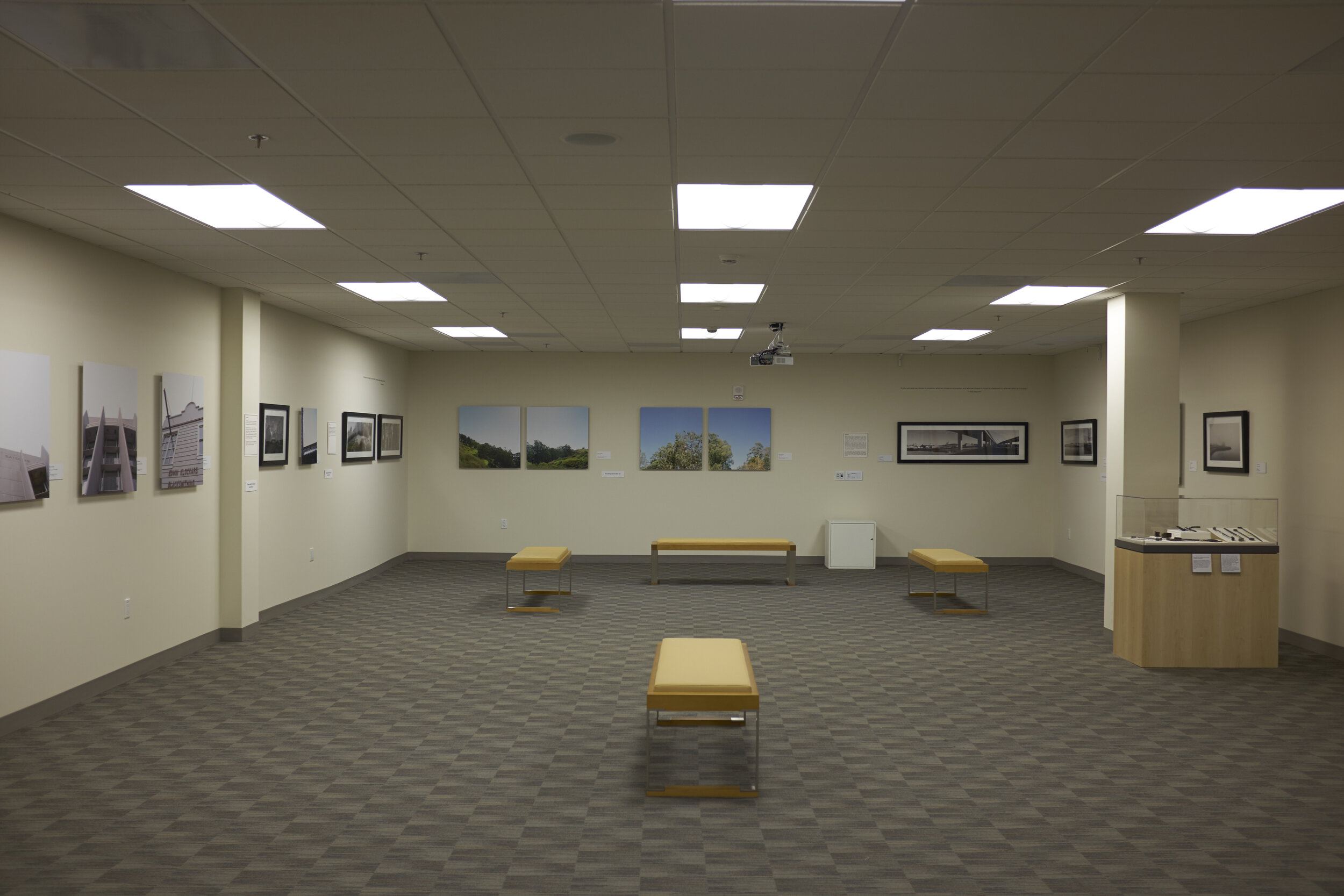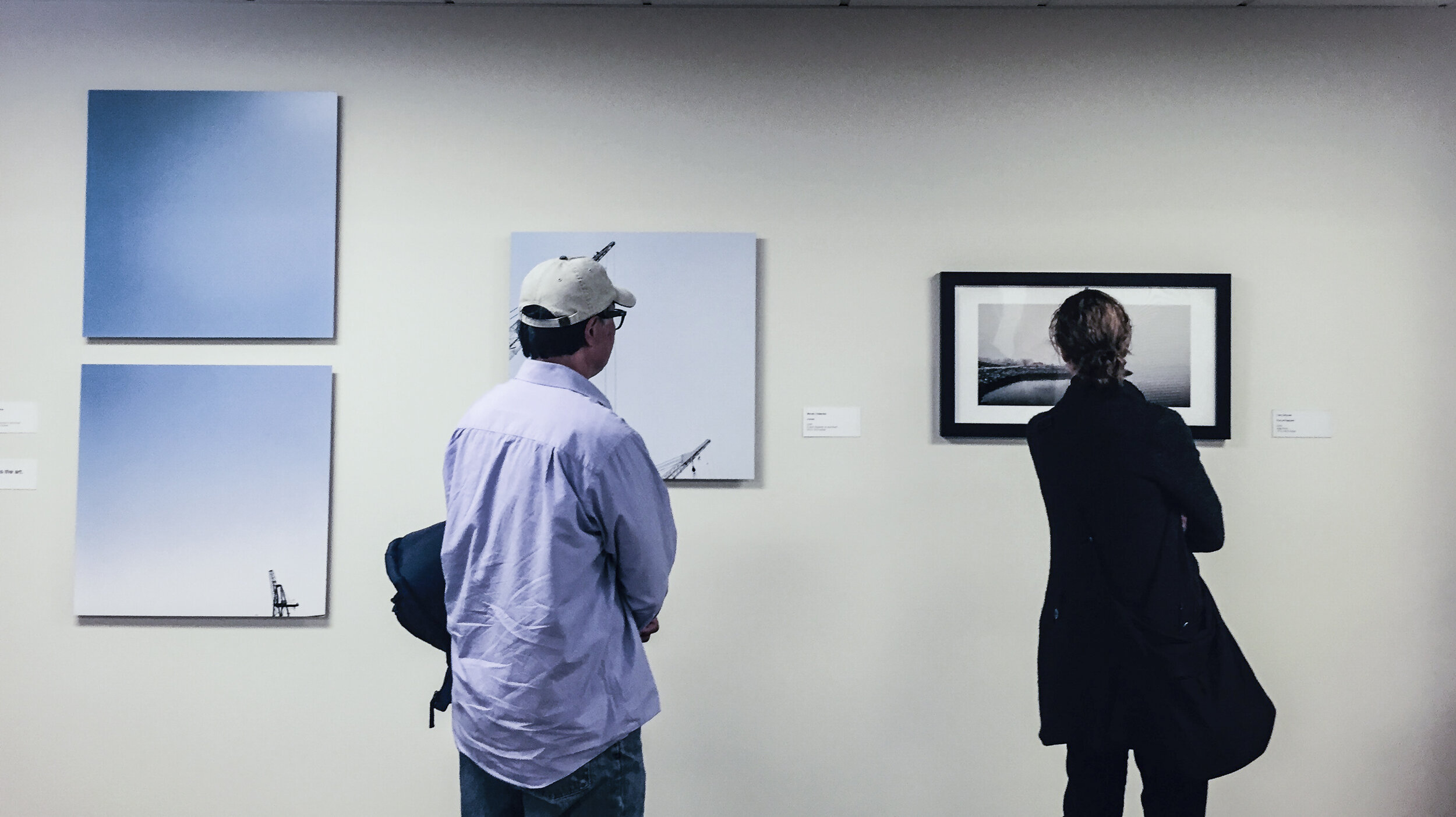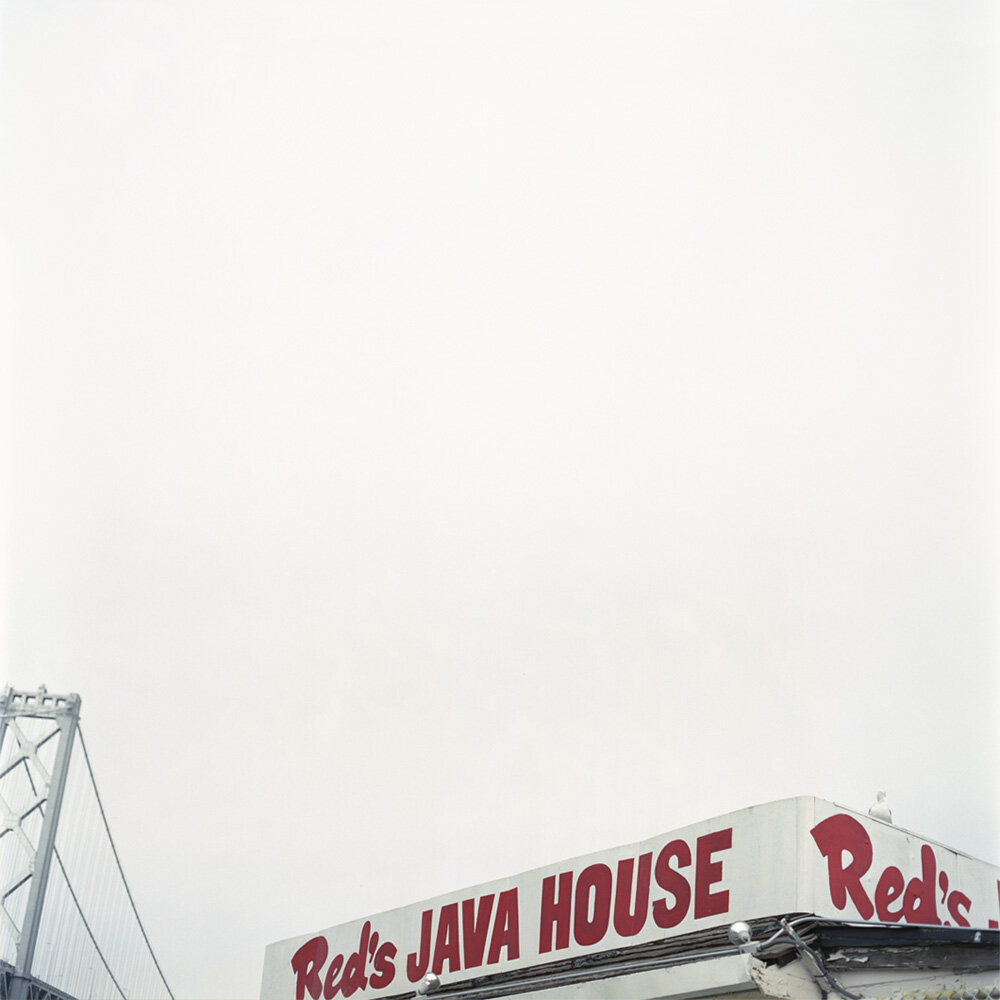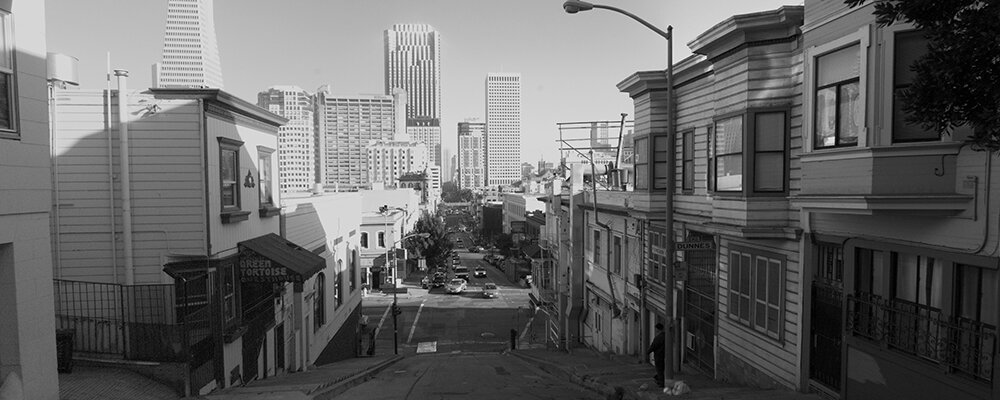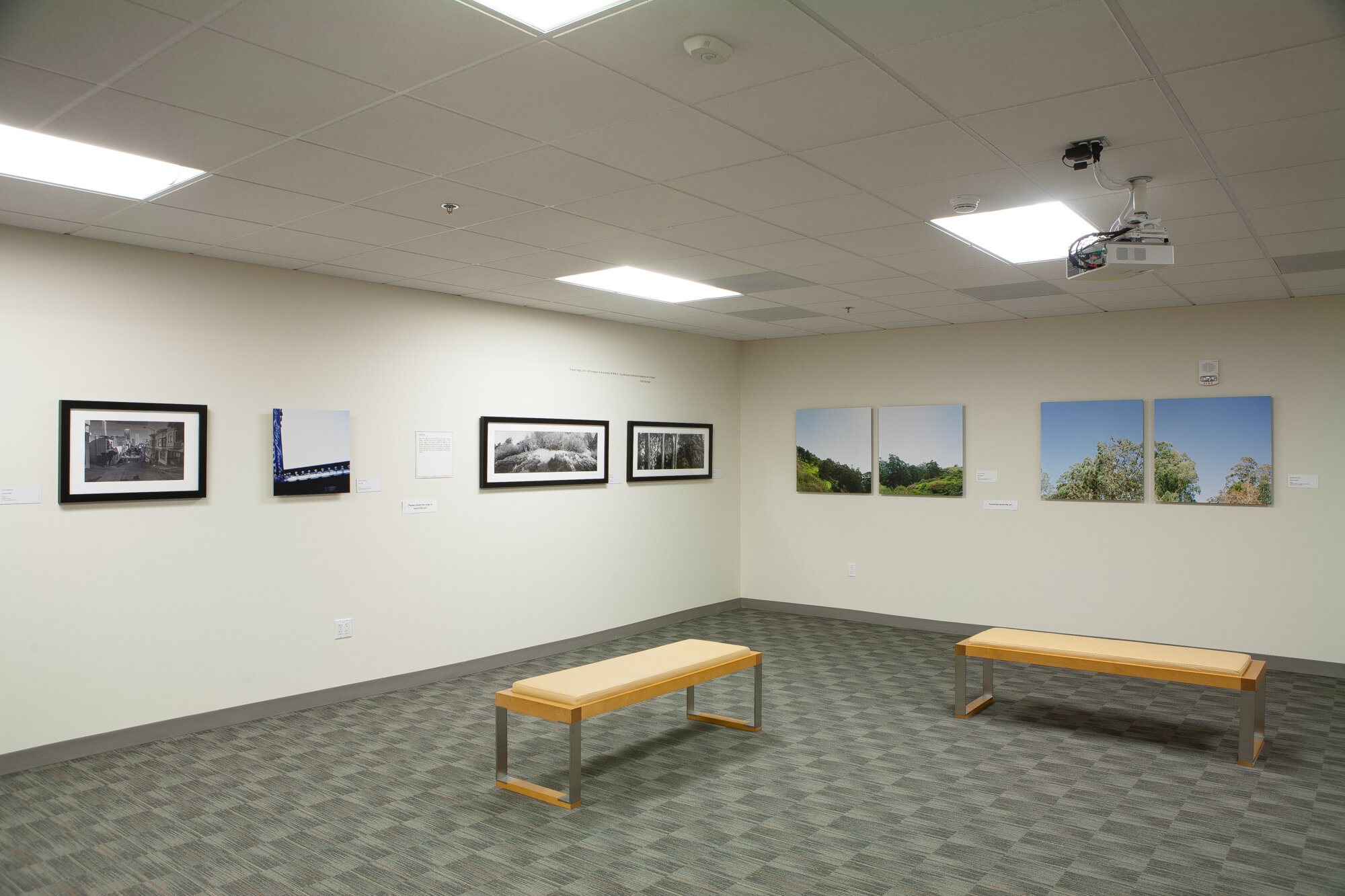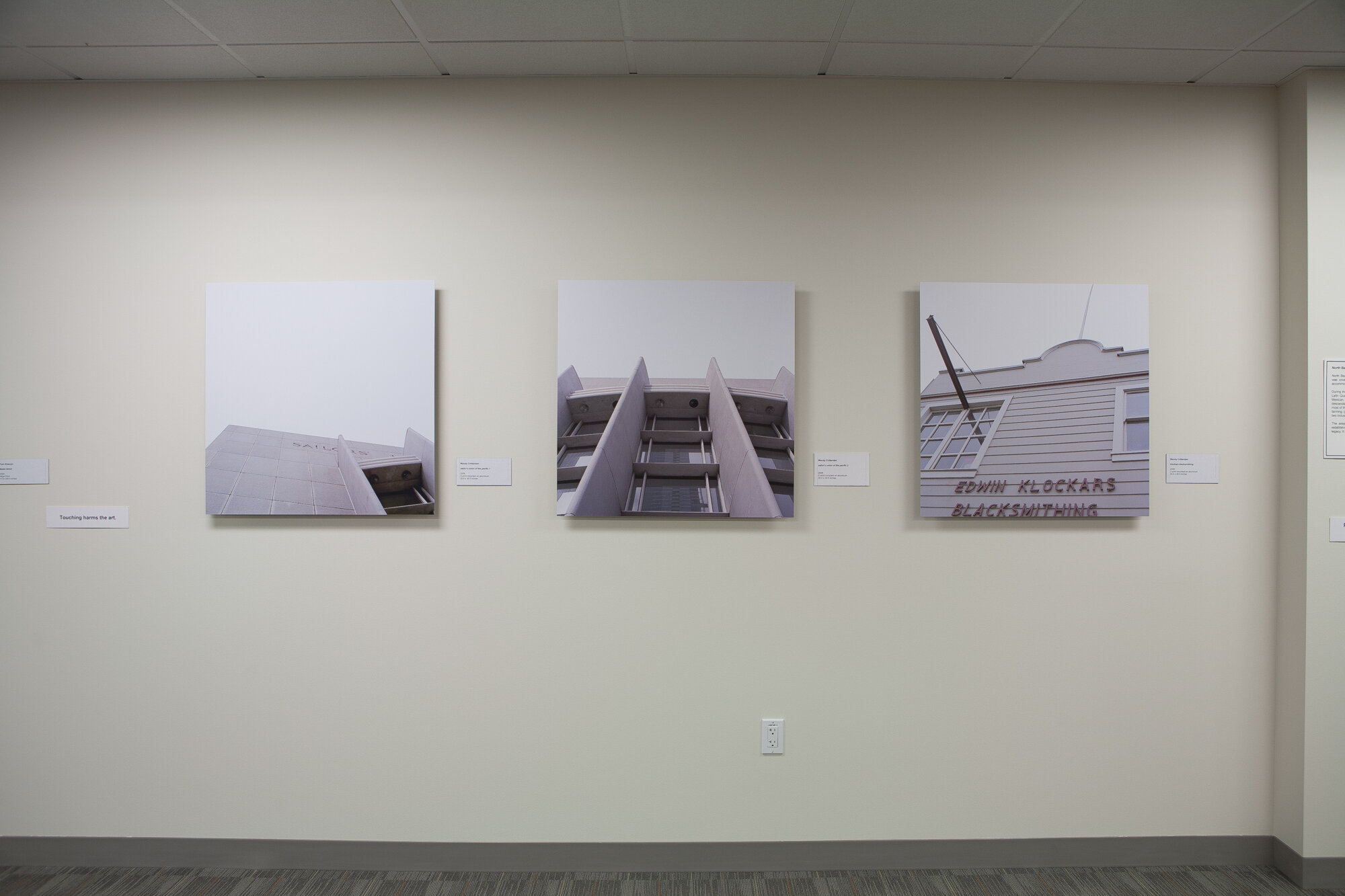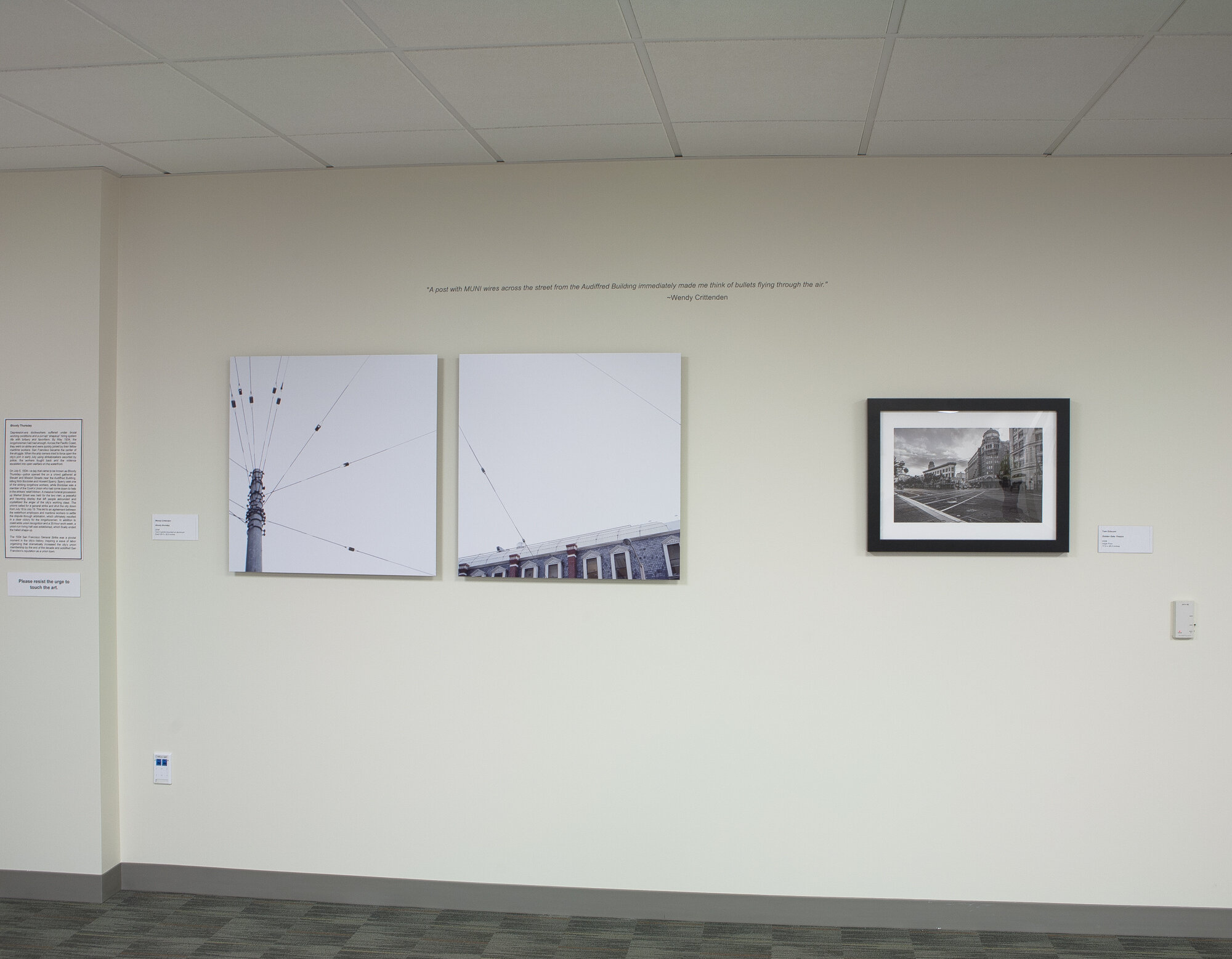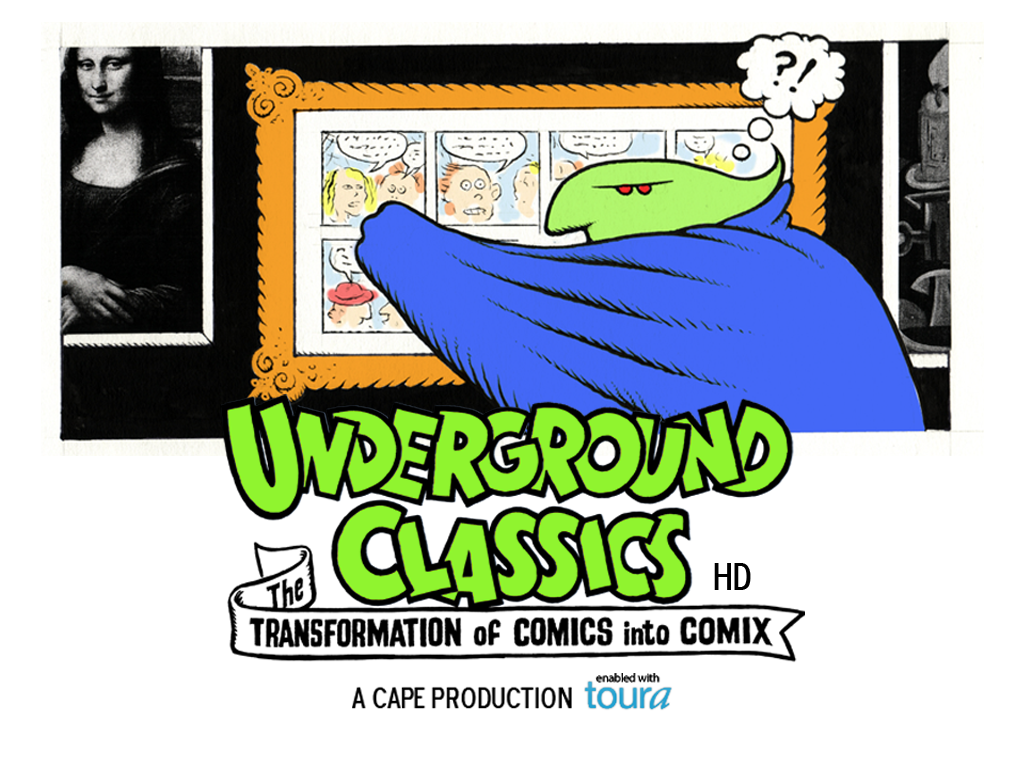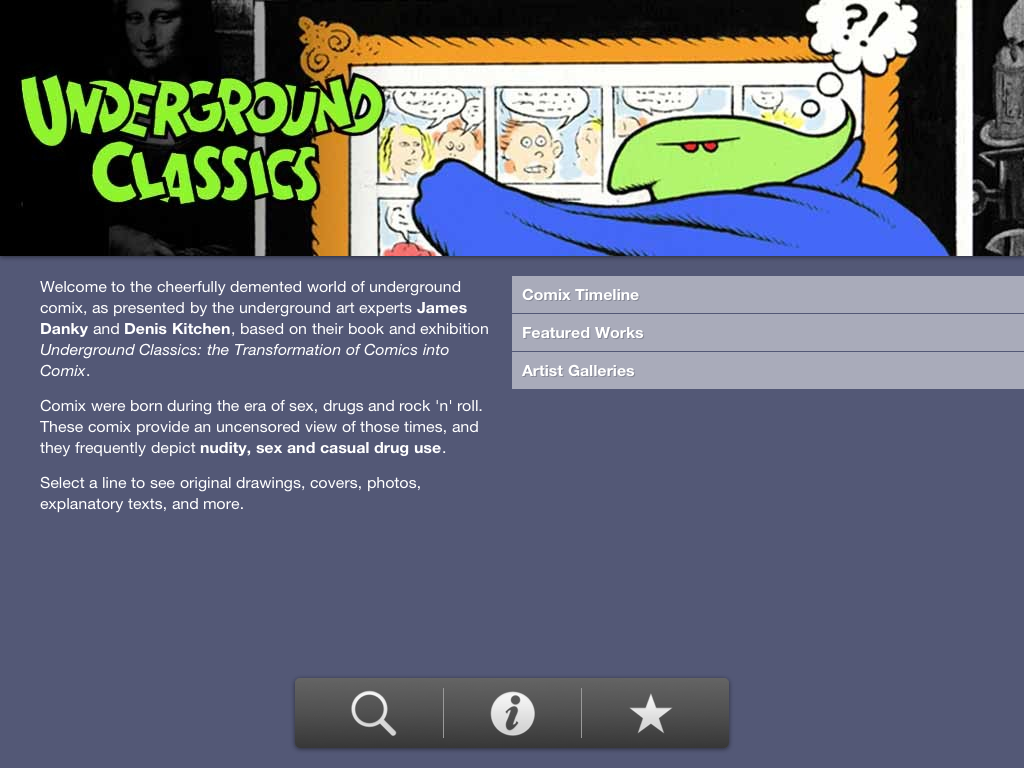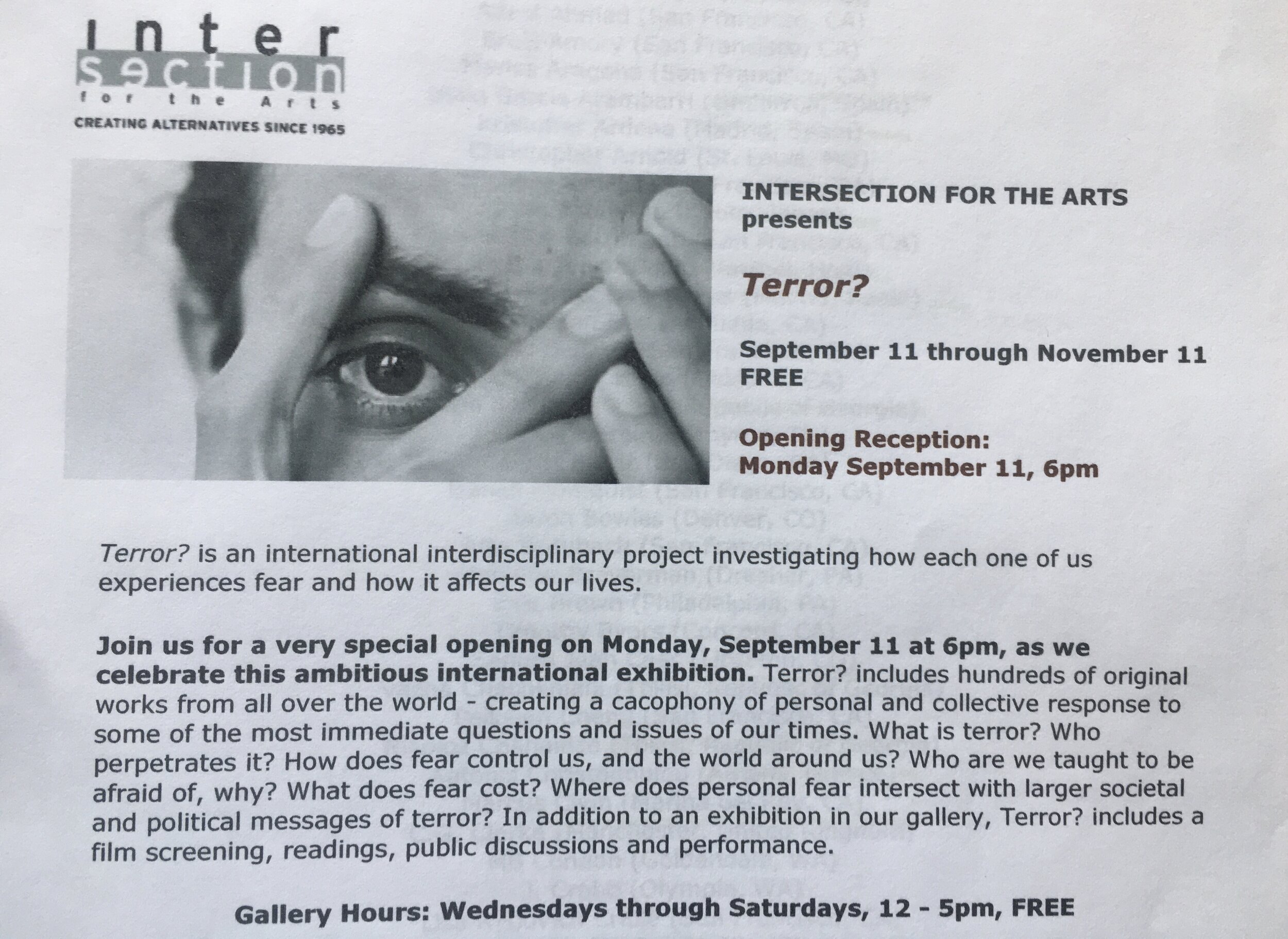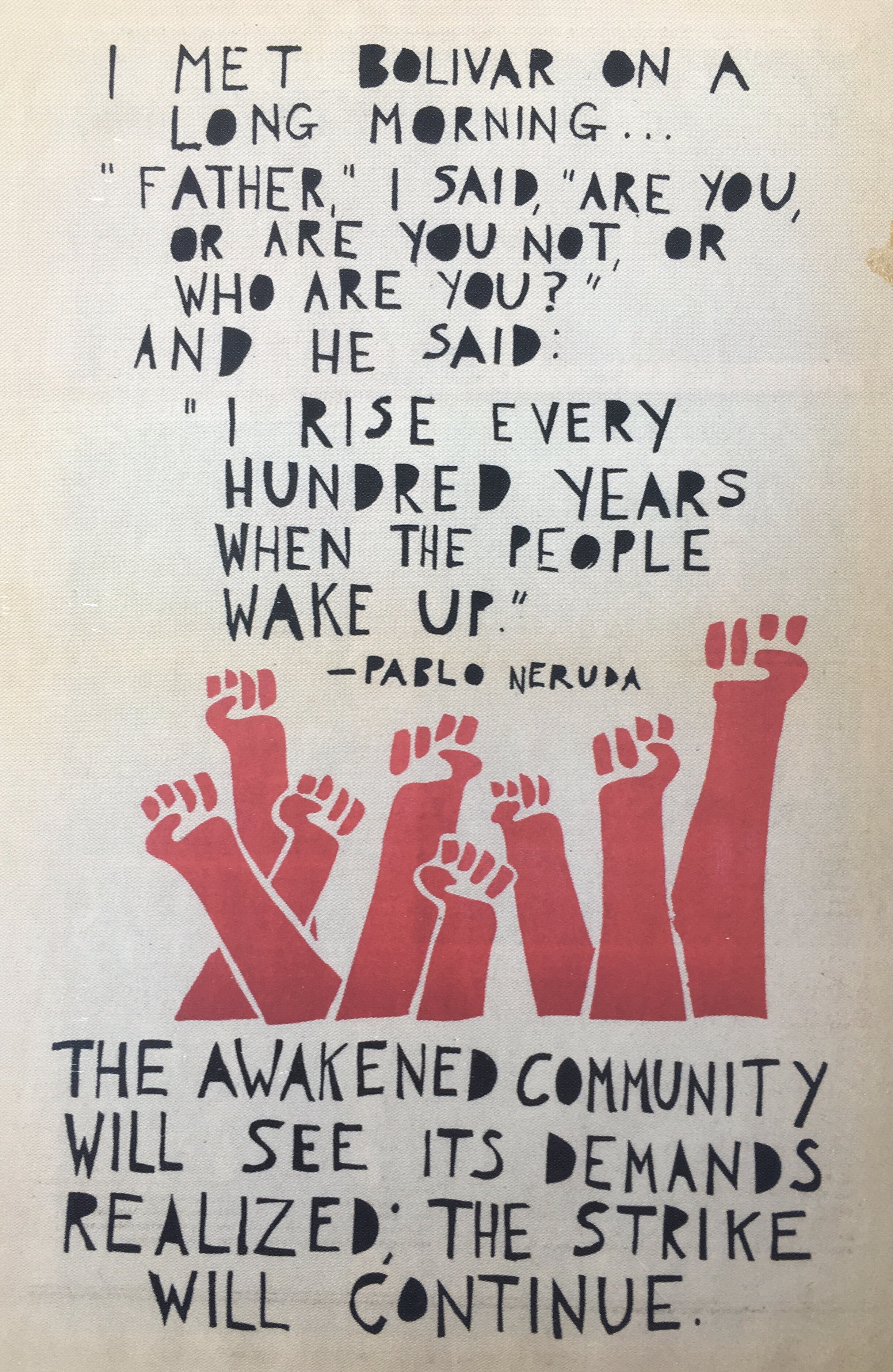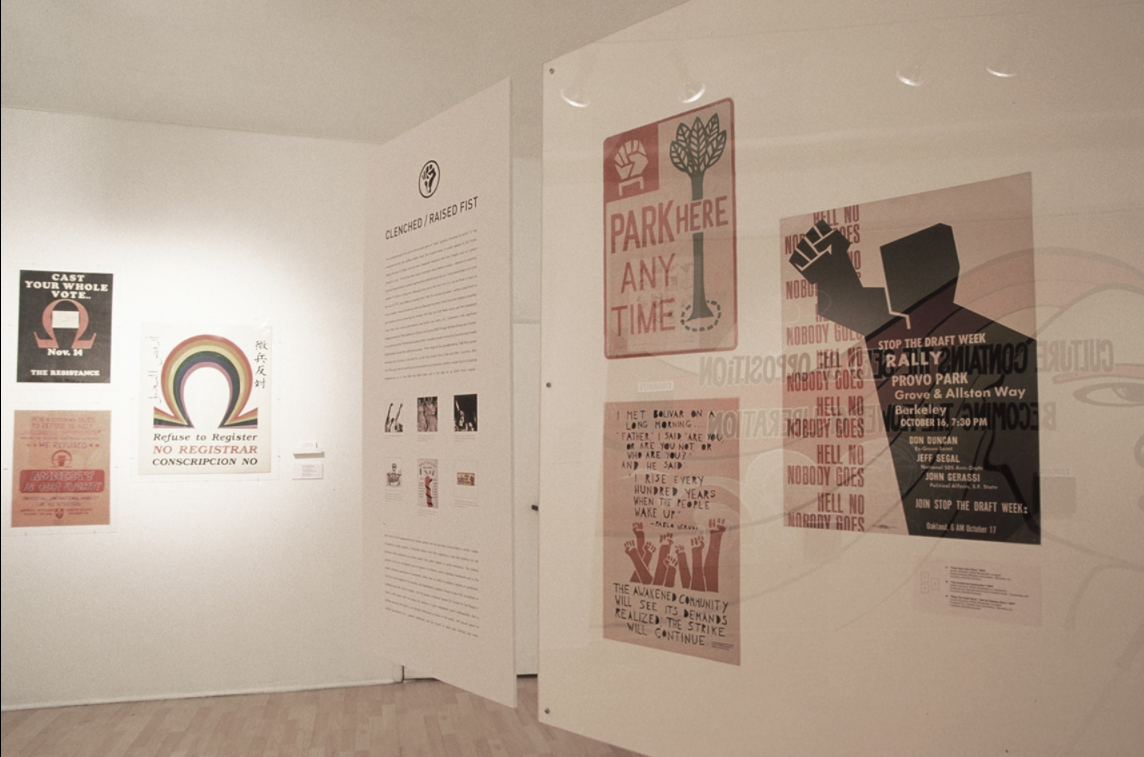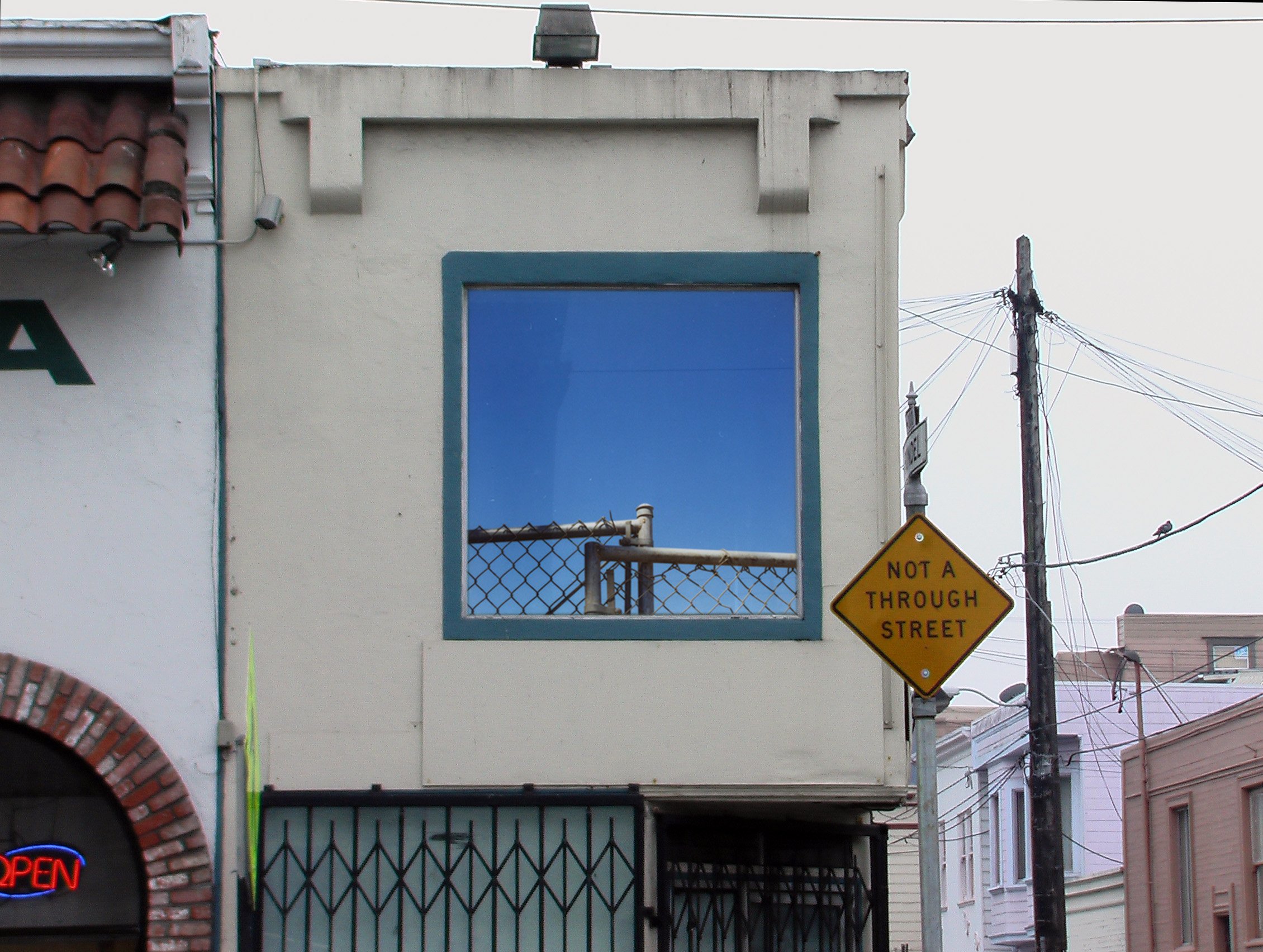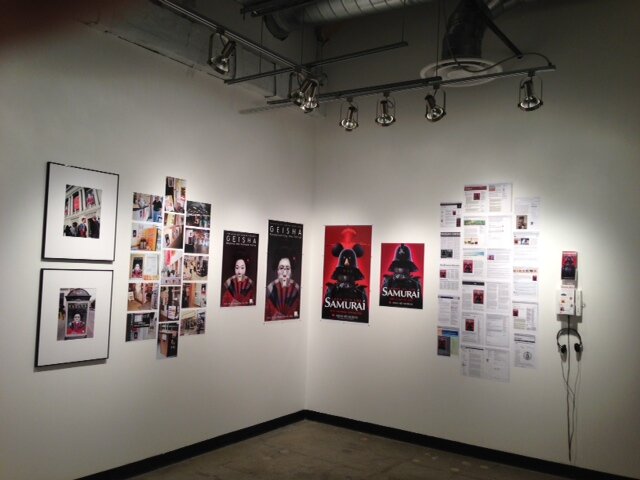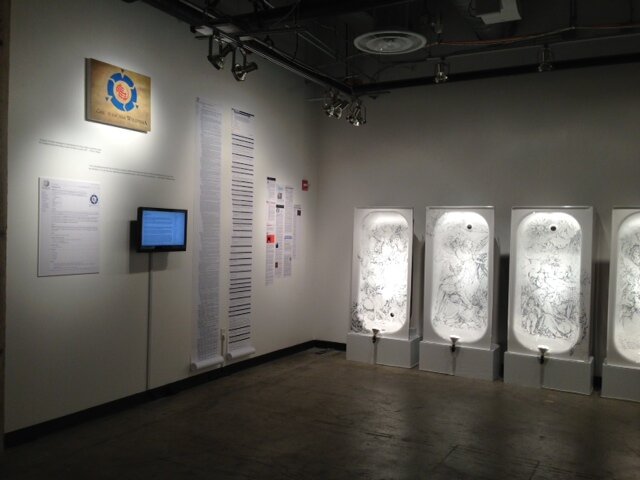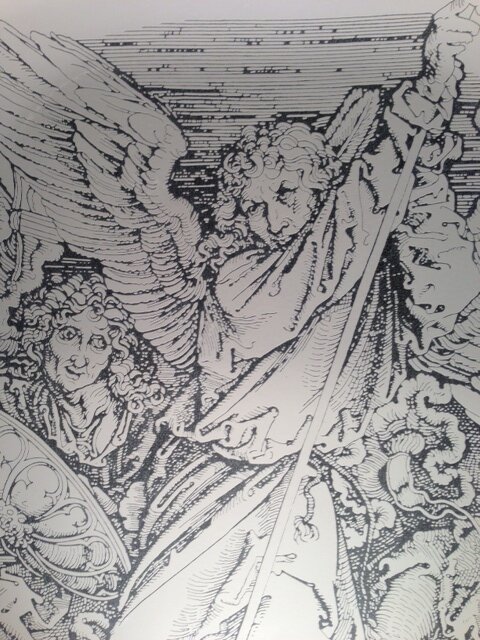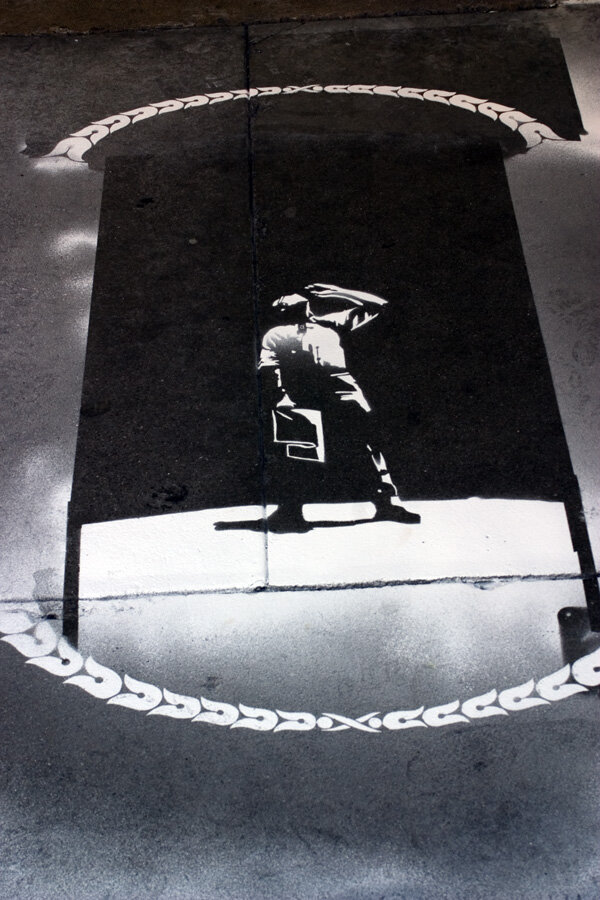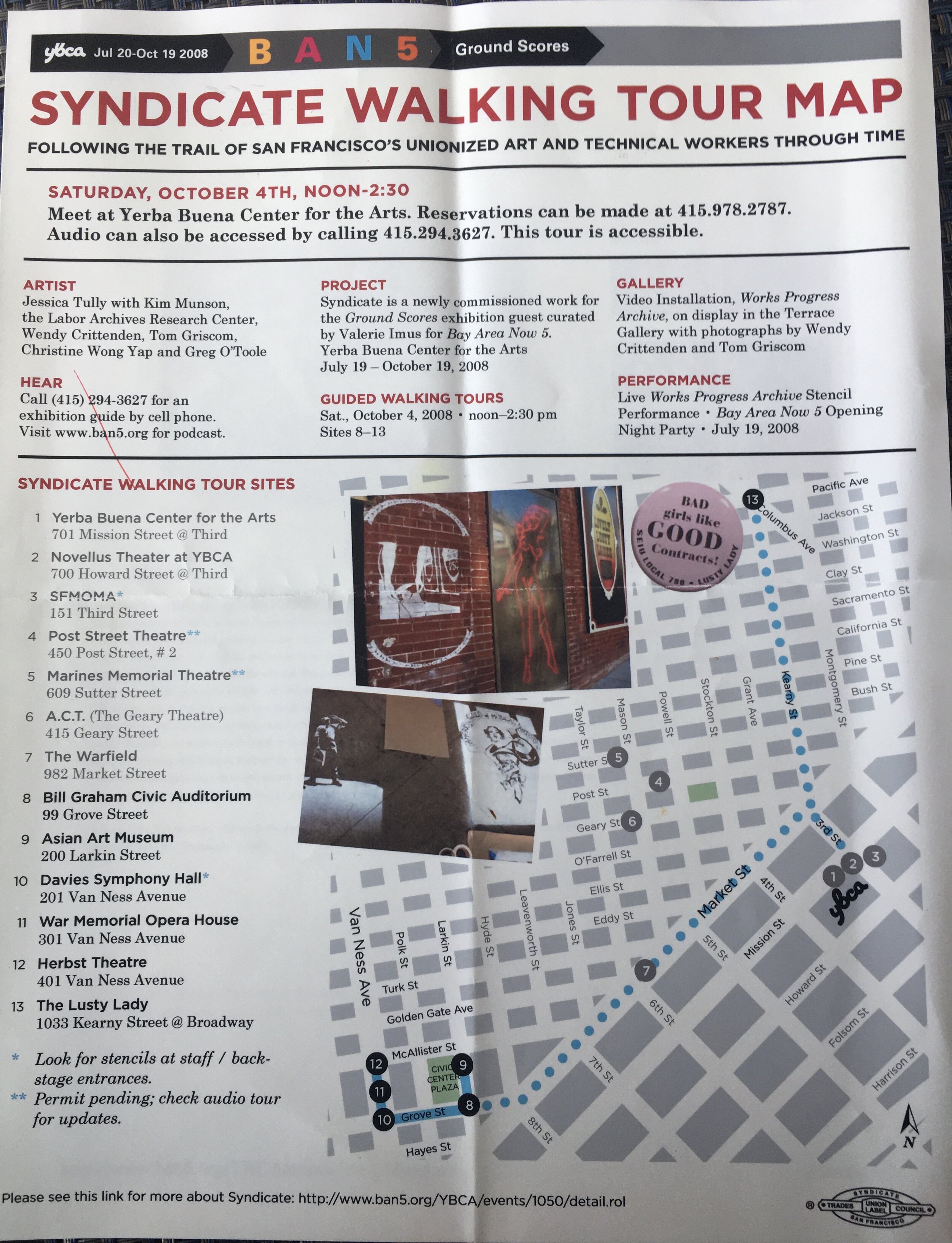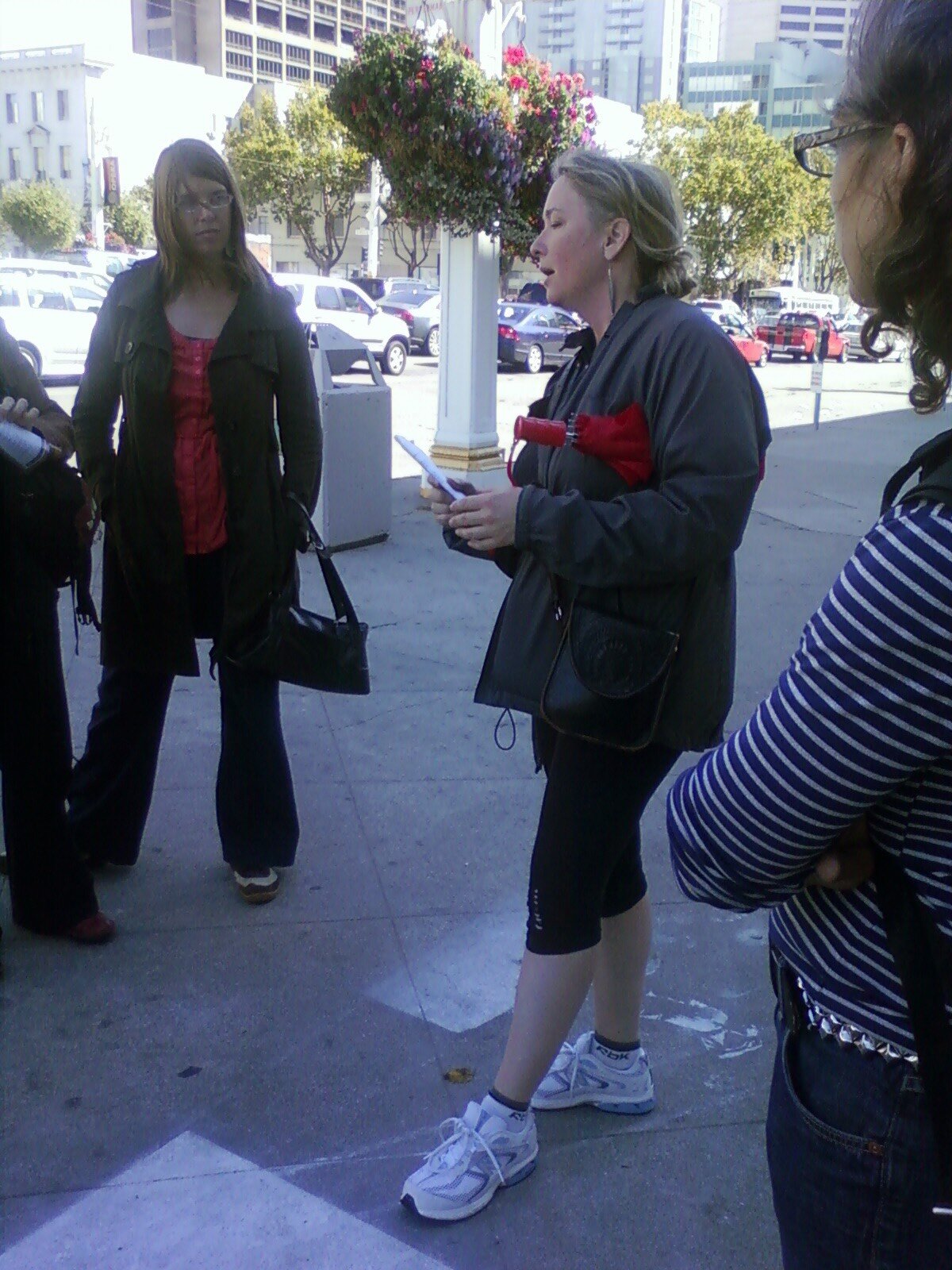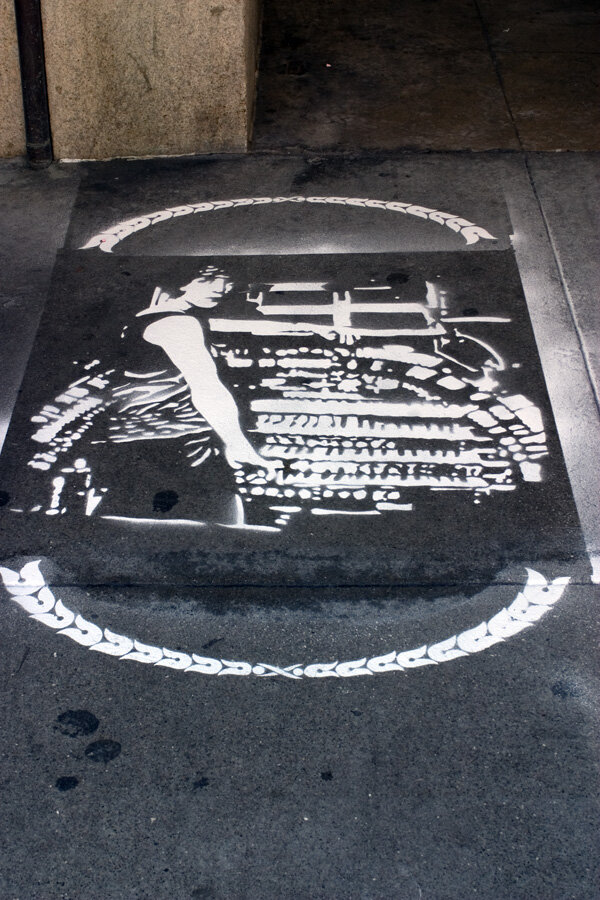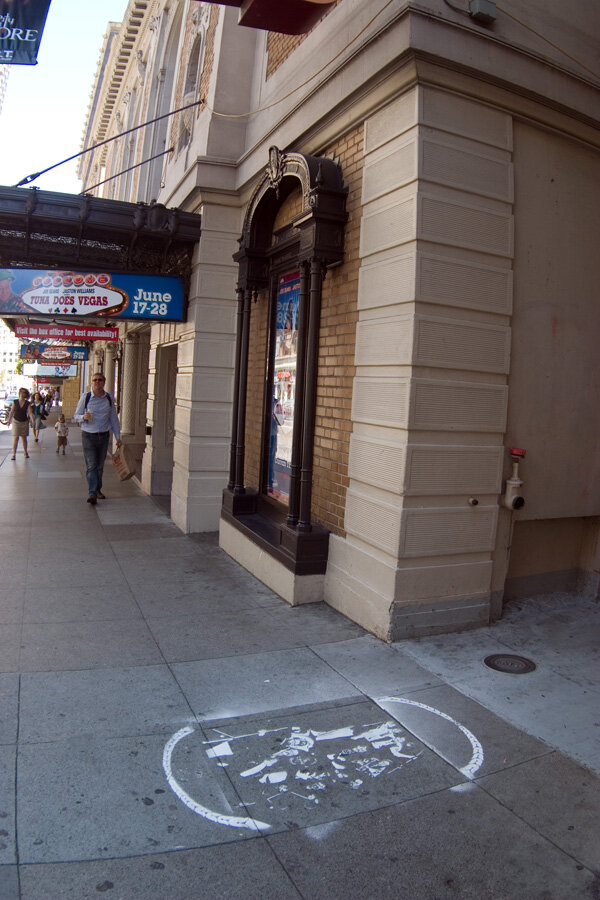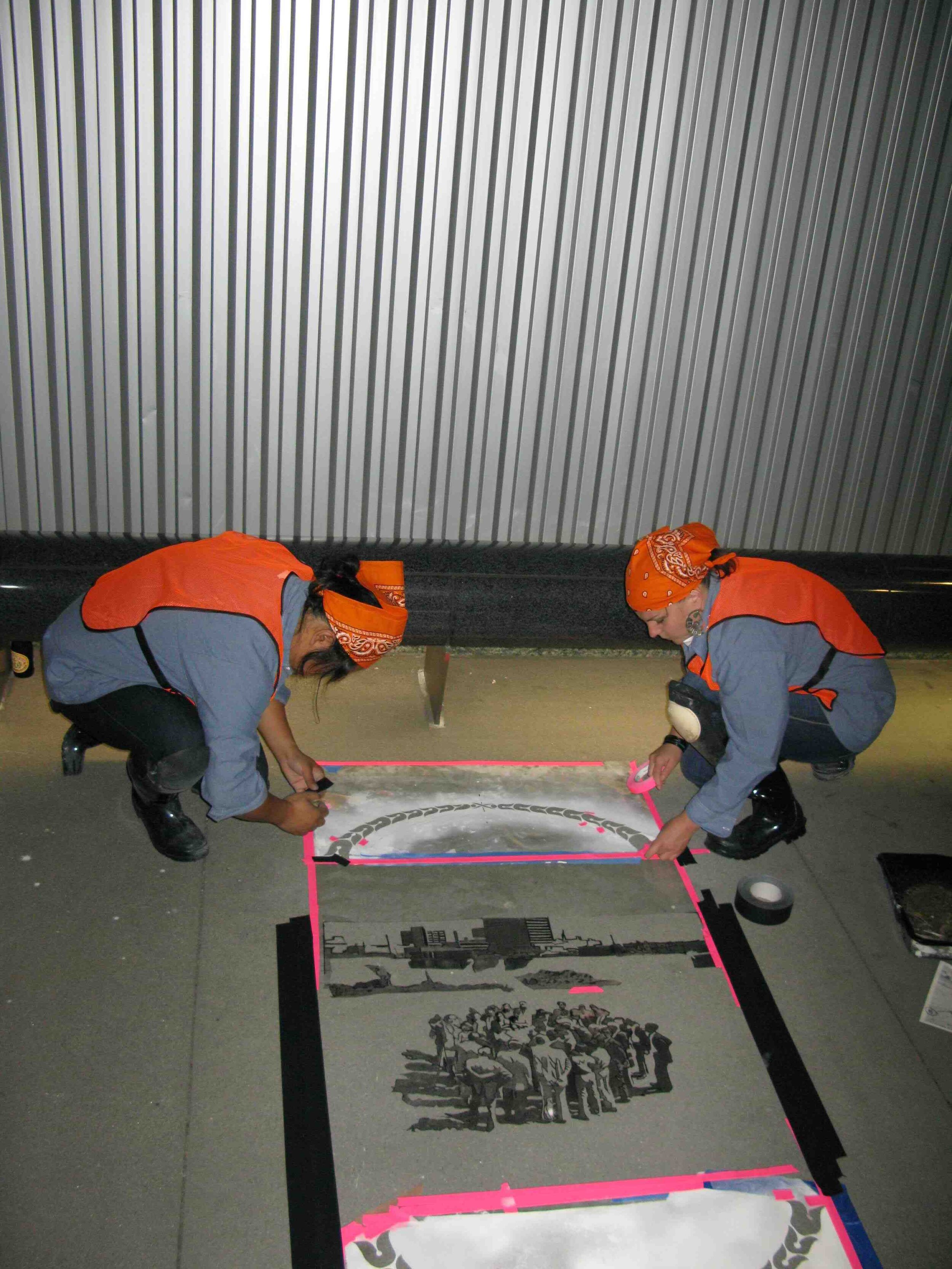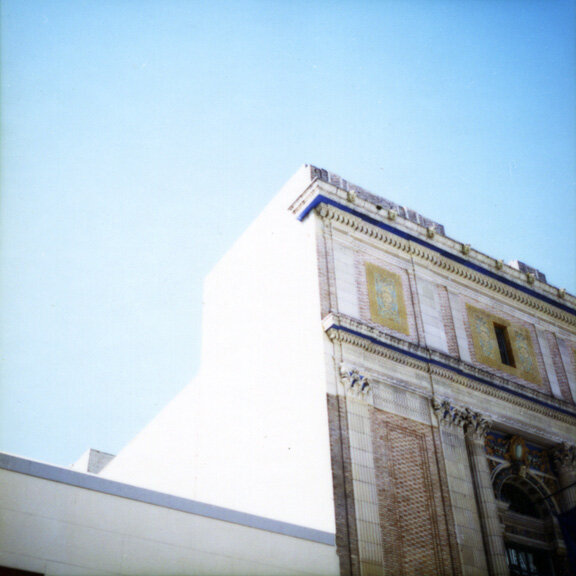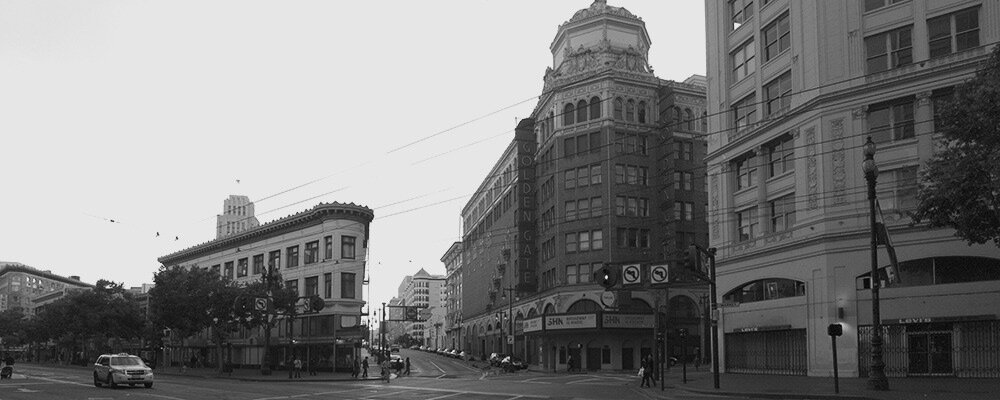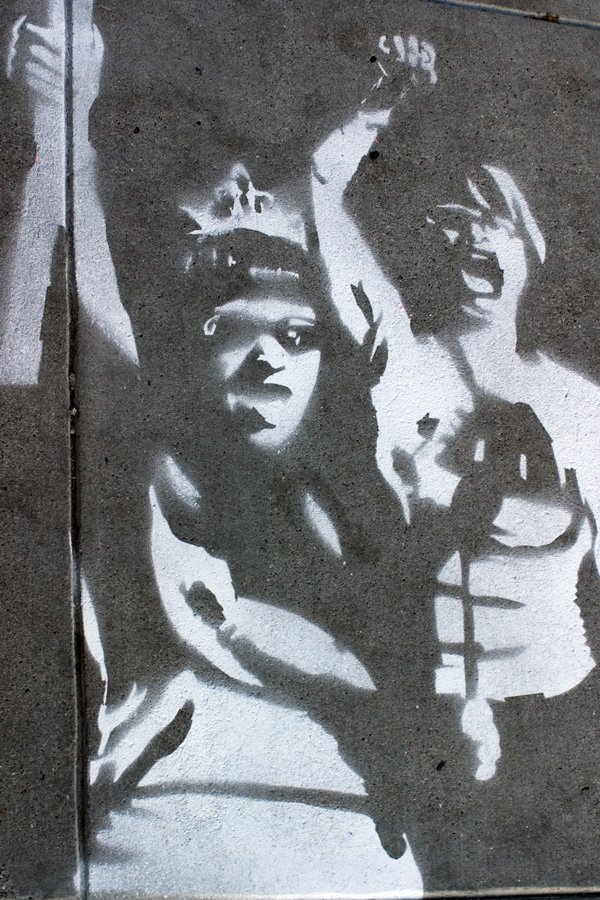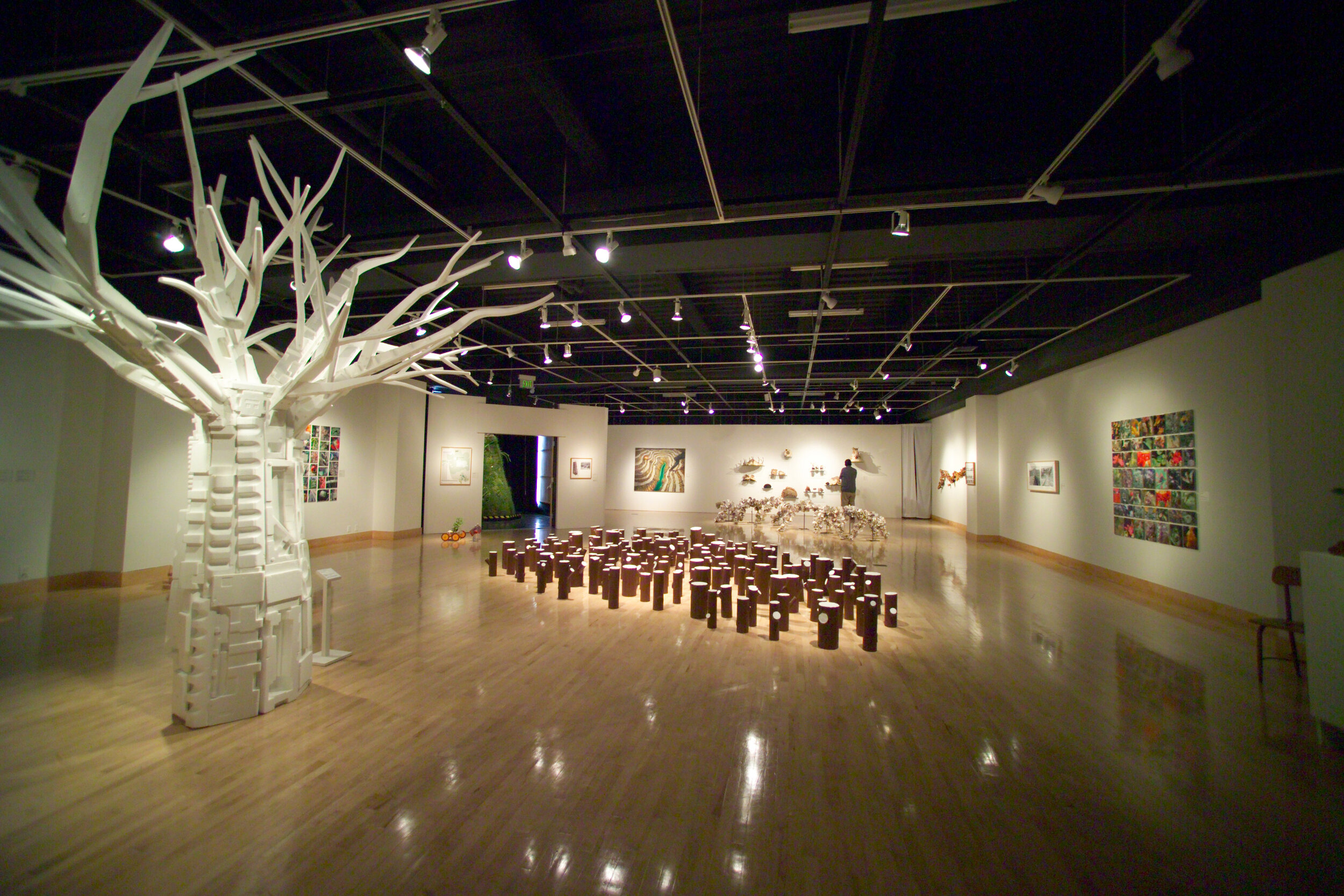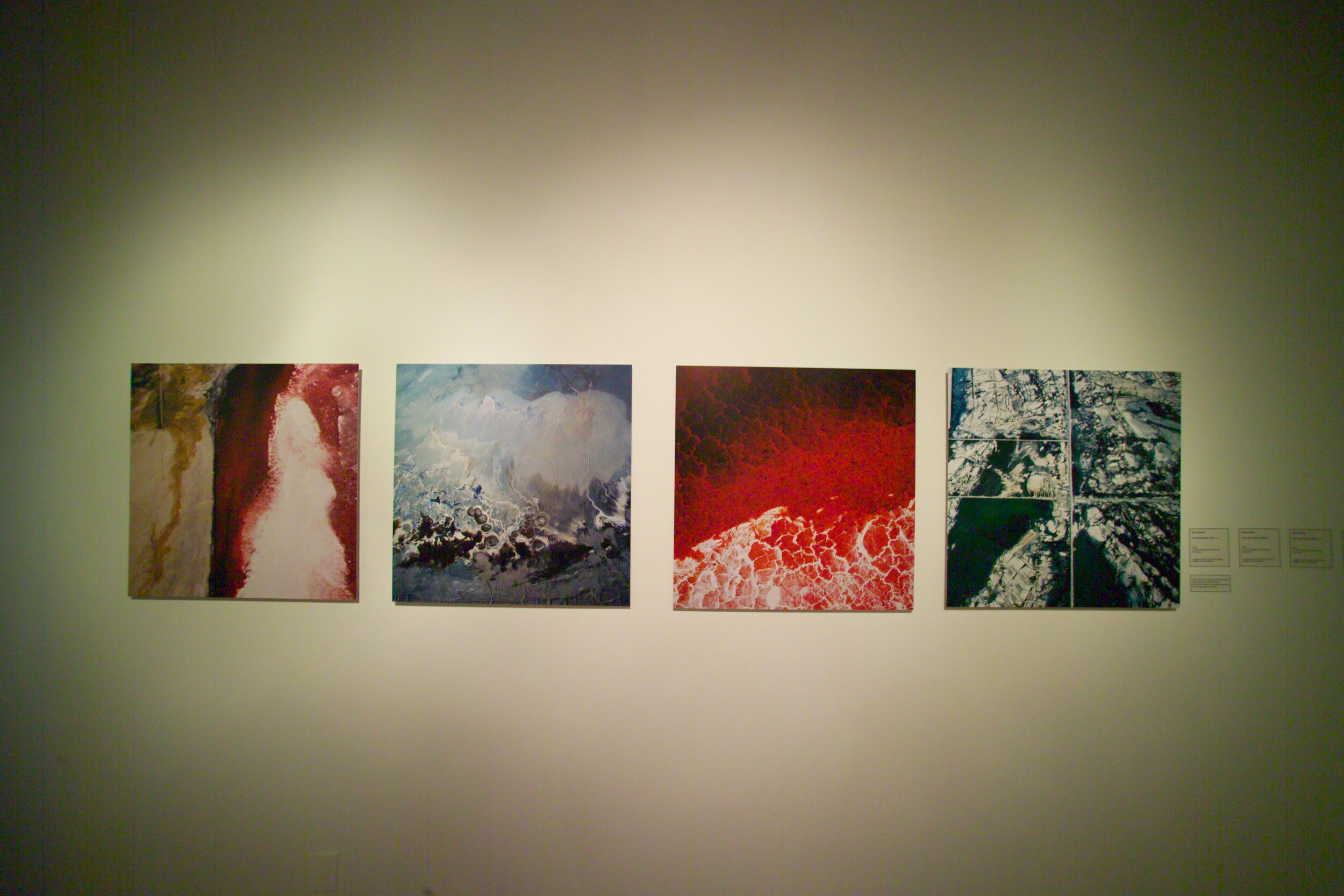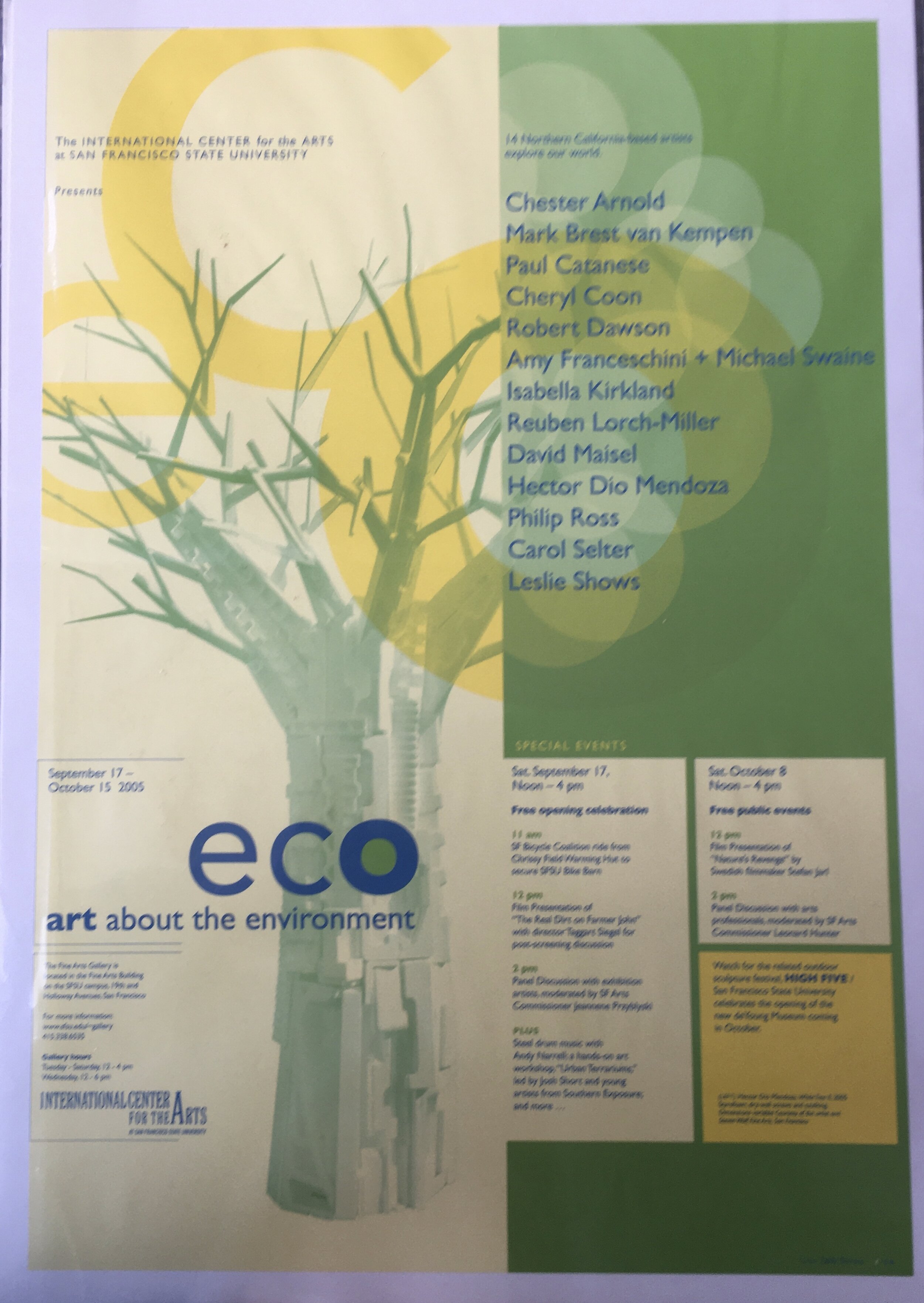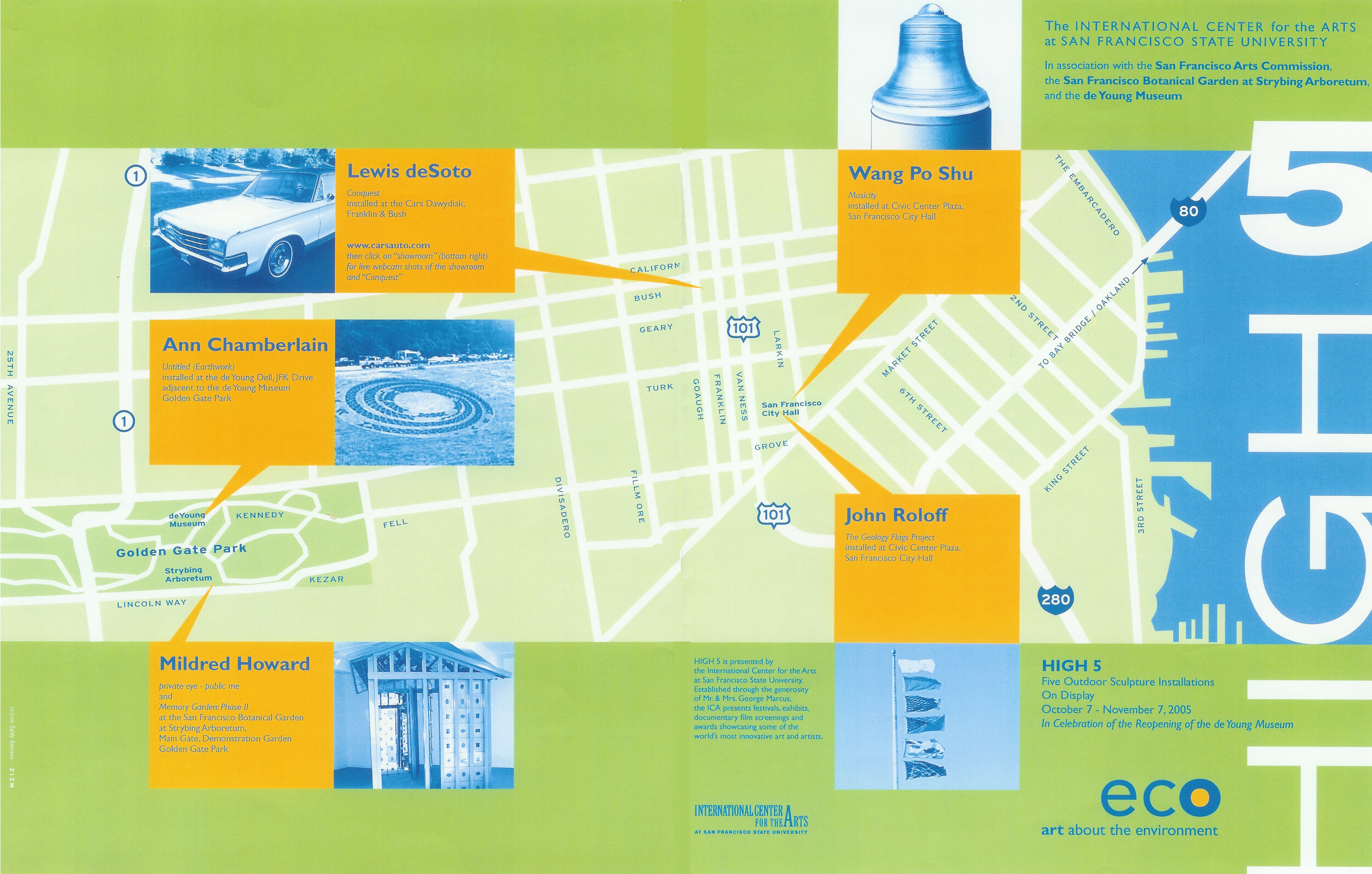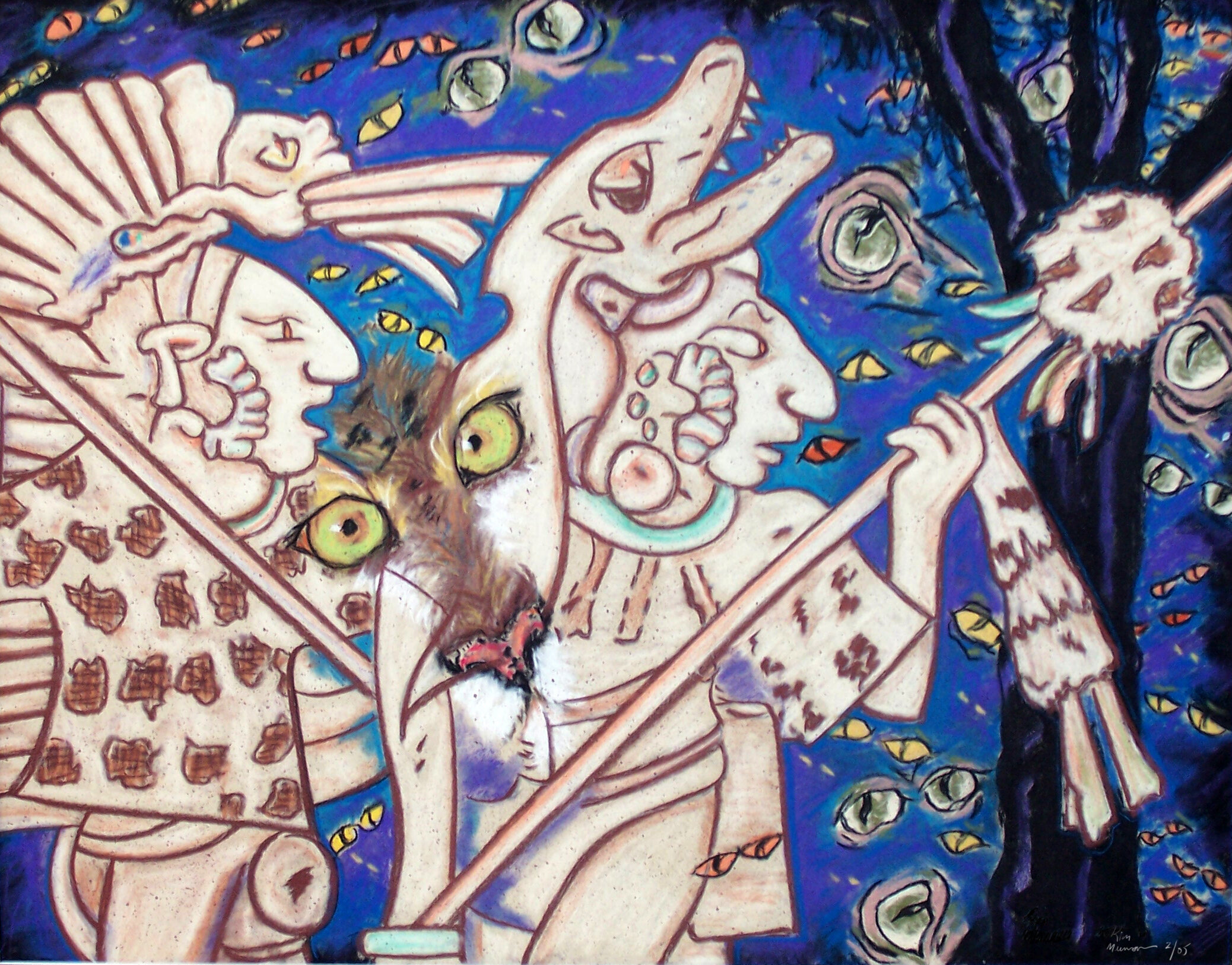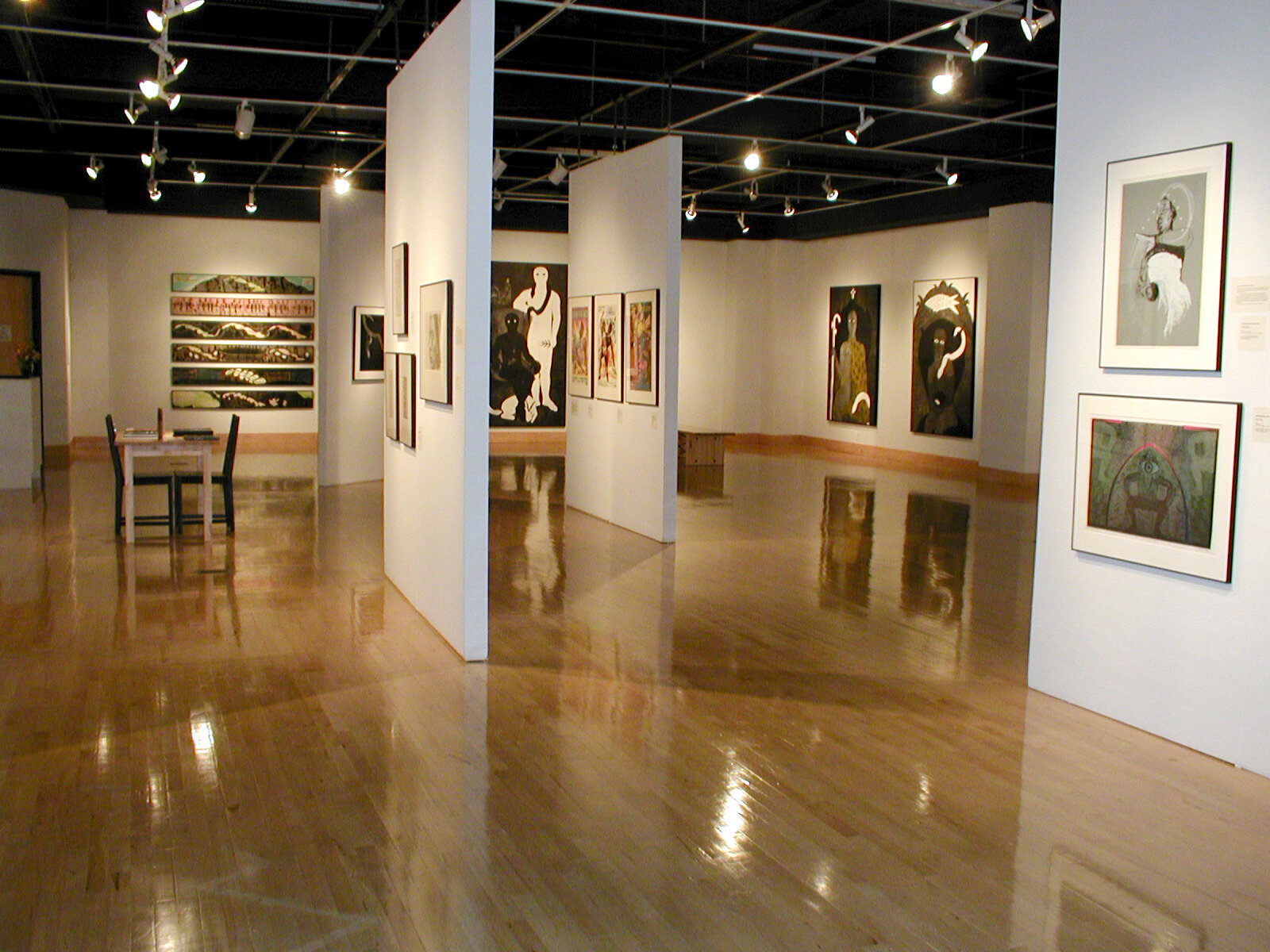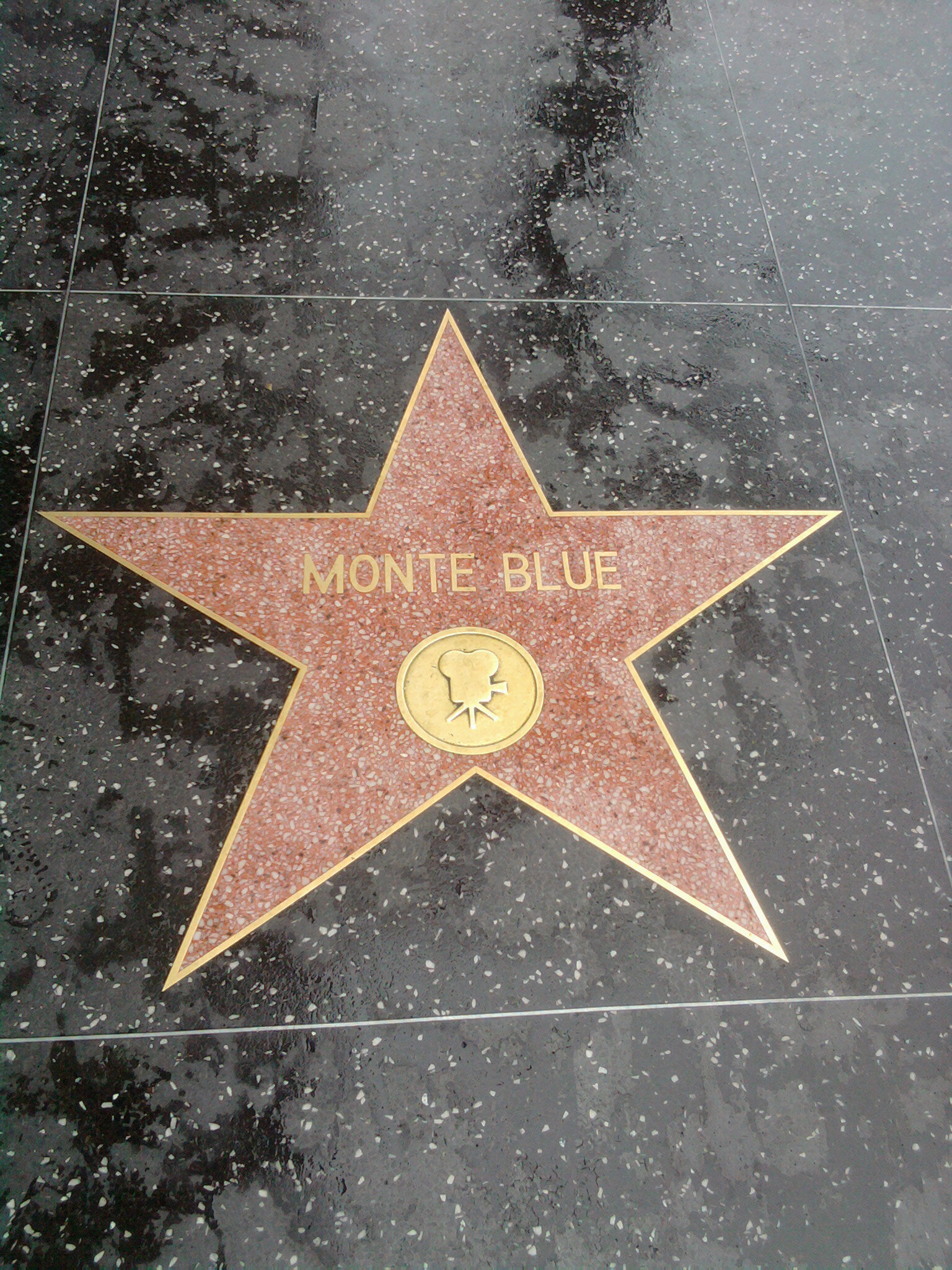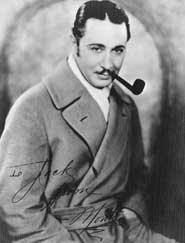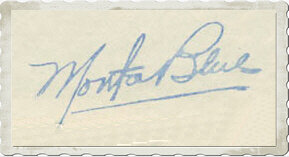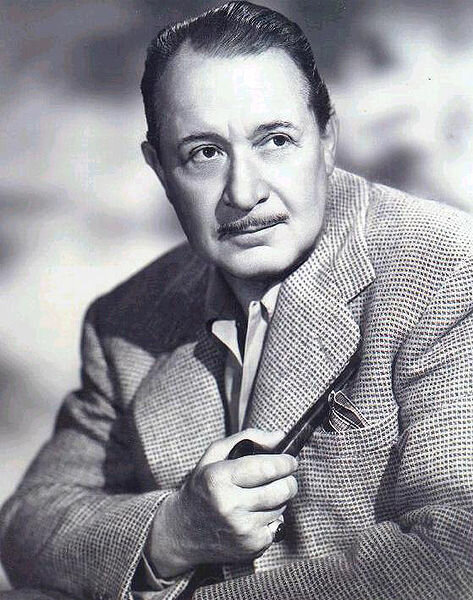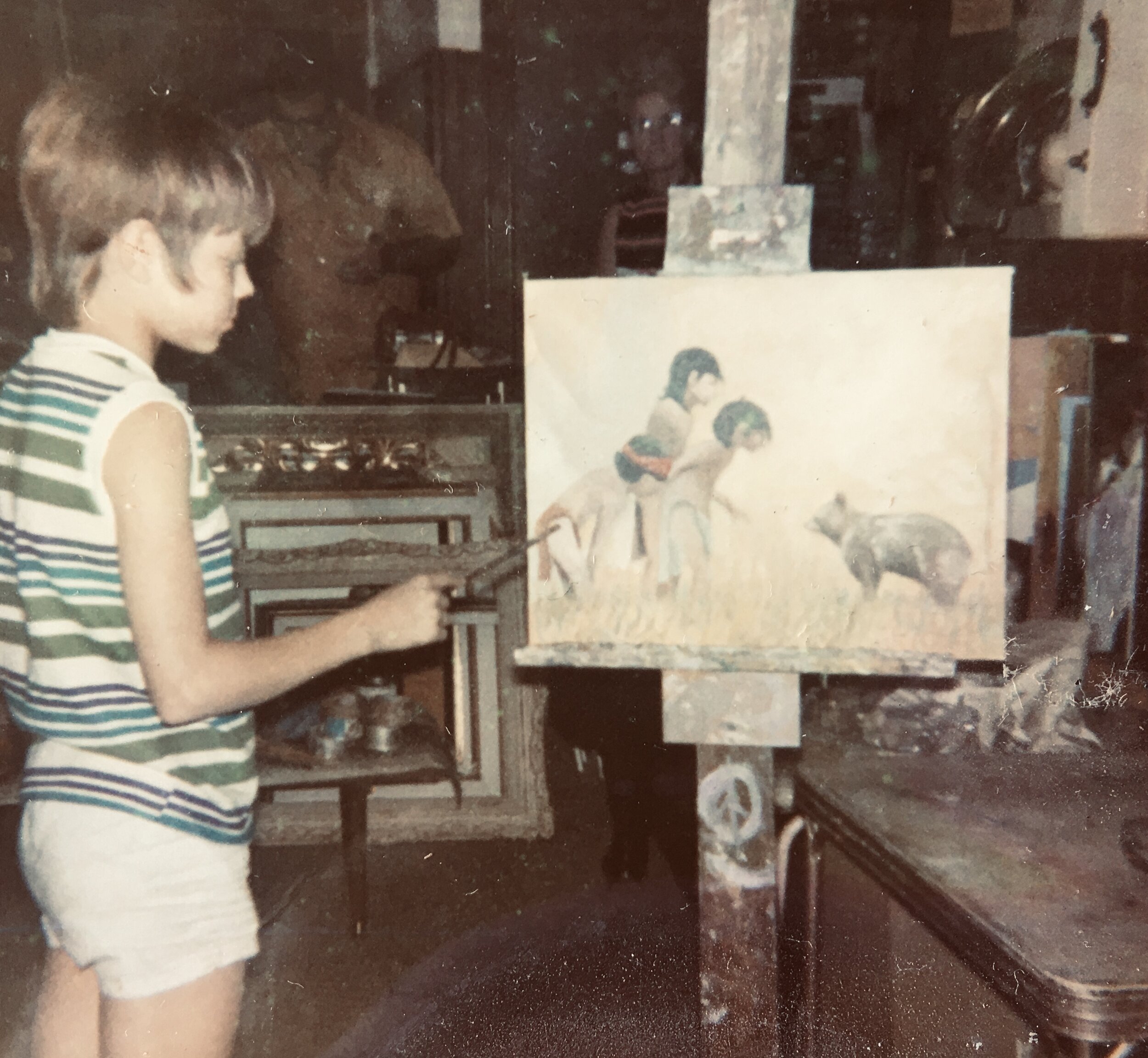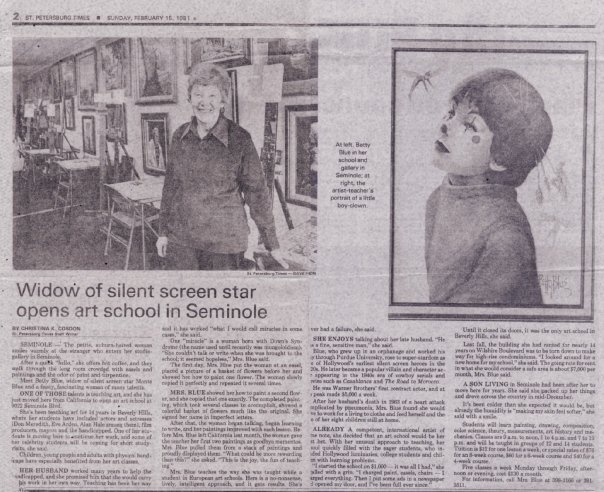During May and June, Trina Robbins and I answered questions about Women in Comics for Jose Marmeleira from the Portuguese publication Publica. Jose used our discussion of comics history and the goals of the exhibition as a lead in to an interesting discussion of comics by women in Portugal. Here is the original article in Portuguese: https://www.publico.pt/2020/05/31/culturaipsilon/noticia/mulheres-procura-liberdade-banda-desenhada-1917959. Portuguese language PDF (includes all images). Thanks to Jeff Trexler, we have an English translation as follows:
Women looking for freedom in comics
At the Society of Illustrators museum in New York, the Women in Comics: Looking Forward and Back exhibition remains closed to the public, but that did not prevent the PUBLIC from speaking to the two curators. Travel to the world of artists dedicated to ninth art, with scale in Portugal: a new, vibrant, plural and open reality that has been built in recent years.
An exhibition in New York, Women in Comics: Looking Forward and Back, sets the tone for a trip (with a stopover in Portugal) to a vibrant and plural world that has consolidated itself in recent years
The history of comics was and is made up of many women, authors, artists. A debatable proposition, readers of the classics will say; at the very least, silly, lay people will replicate. For both, the authors of BD are five, six, come on, seven names of men. The spontaneity of such a response is tolerated, its ignorance of the past and the present is regretted. Give in: the male presence in this art is greater, but as there are so many and so different works made by women... An inexhaustible myriad, gushing with styles, traits, sensibilities, interests, tastes, inclinations, contexts. And in several geographies.
Yes, there is a story that is being told, that is becoming visible. Take the United States and Portugal, two countries with very different traditions and conditions. In both, exhibitions, publications, projects conducted or made by women multiply. In both, there were meetings of female artists with BD, meetings that still rest under a diffuse and ashamed half-light. Not for much longer.
In New York, at the Society of Illustrators museum, an exhibition, now suspended by the virus, brings together a heterogeneous group of American artists and authors. The curatorship is by author Trina Robbins, an essential figure in the American underground, and art historian Kim A. Munson. Note the eloquence of the title Women in Comics: Looking Forward and Back, suggesting a pendulum movement from the future to the past, passing through the present.!
The first major core of works focuses on the collection of Trina Robbins, rediscovering artists who published between 1911 and 1970: Virginia Krausmann, Martha Orr, Lily Renée, Ramona Fradon and Tarpé Mills, among others. "It is a very important collection, it allows investigating significant phases of the history of women who did comics in the United States," says Kim Munson to the PUBLIC. "It includes the Flapper period associated with the 1920s, World War II, when women drew adventure comics while men fought, the 1950s comics romance, and extends to the underground comics of the 1970s. Many women, like Nell Brinkley, in the 1920s, or Dale Messick, creator of reporter Brenda Starr [a character that peaked in the 1950s, on the pages of the Sunday Chicago Tribune], were real stars.
Without prejudice to the surprising quality of the works of these authors, the 70s represented, with the explosion of the underground and small publications, a pivotal period that establishes a link with the second nucleus of the exhibition. Dedicated to contemporary times, it displays boards by Emil Ferris, awarded last year at the Angoulême Festival, Ebony Flowers, Colleen Doran, Gabrielle Bell, Trinidad Escobar, Margot Ferrick, Noel Franklin, Summer Pierre, Tillie Walden and Kriota Willberg, among others. But turn to the 70s. "Women have always done different types of comics, but, until then, subjects were more restrained. Only with the appearance of the underground movement did rape, abortion or menstruation begin to be addressed ", explains Trina Robbins.
This author, the first woman to draw the superheroine Wonder Woman, stood out inside the movement, which emerged in the city of Berkeley, California. In response to the violence and sexism she saw in Robert Crumb's comics, she would produce, in 1970, with Barbara "Willy" Mendes, It Ain't Me, Babe, the first female comic book anthology. Two years later, she would help found the Wimmen's Comix collective, which would give title to a publication. In her pages, for the first time in the history of American comics, a drawn woman spoke freely about her homosexuality. A border was broken with boards and vignettes, drawings and words.
It was an era that opened the comic to the exploration of more serious themes, and not just related to sexuality ", adds Kim Munson. "For example, there is work like Soldier's Heart, in which the author, Carol Tyler, sought to make sense of her father's experience in World War II. Readers were trained for works that dealt with rape, male violence, abusive relationships. Some can be read in Drawing Power: Women's Stories of Sexual Violence, Harassment, and Survival, a volume edited by Diane Noomin, and seen at the exhibition.
Alongside this transformation, Trina Robbins and Kim Munson point out another, which nourishes the multiplication of perspectives and graphic records. "In terms of production and publication, today everything is possible. There are more and more schools that allow their art students to earn master's degrees in Comics and present their projects in that format. More and more artists are working in more than one medium, introducing modern art techniques in their work. Gallery exhibitions are becoming more popular and works that work on both a page and a gallery wall are not uncommon.
We are the other
In Portugal, this is still not quite the case, but something is definitely changing. More and more women artists are making comics, celebrating the freedom, boldness and desire of American pioneers. In small publications or fanzines, in small groups or alone, using various types of techniques, including digital. Now expanding the comic in the direction of other languages, or making her withdraw in an introspective, but no less creative, question.
Before fixing on in the present, however, the challenge of Women in Comics: Looking Forward and Back is reversed. Observe, first, the past, more rigorously the period between the late 1980s and the early years of the 21st century. It was within this time frame that Alice Geirinhas (Évora, 1964) and Isabel Carvalho (Porto, 1977), two visual artists, discovered and realized the potential of BD, before moving away from it, although not completely.
It was a universe that entered my life when I was a student of Fine Arts, in Lisbon ", says the first. "Above all, she liked the speech of the less commercial comic, that of the more imperfect, stranger, more incomplete comic. The comics of American superheroes did not interest me at all, and although I knew some authors, it was also not the Franco-Belgian comic that attracted me.
Alice Geirinhas' wishes were different: to explore comics as a crossing of "means and experiences, to experience the possibilities of text, image and time. Still in college, in the company of other artists (João Fonte Santa, José da Fonseca), she discovered in the fanzine support that allowed her to control the entire creative and dissemination process. "Our work fled the canons of comics and the informality of this process allowed us to escape the regime of mainstream publishers. We conducted graphic experiments with freedom. The context in Portugal was not, at the time, one of the most stimulating, so it was necessary to be attentive to unusual appearances, such as the exhibition dedicated to the French collective Bazooka, organized in 1986 by the Franco-Portuguese Institute. "It was a very curious, subversive group. Olivia Clavel, who was very experienced with comics, was one of the elements with whom I felt the most affinities. These were the comics I was looking for.
In the 90s, contemporary art, illustration and comics overlapped the artist's path. In 1995, at Galeria Zé dos Bois, she made her first individual exhibition, Our Need for Consolation is Impossible to Satisfy, with serigraphs that simulated vignettes, and began to make illustrations for the weekly O Independente. She publishes in several comic books (Quadrado, Lx Comics) and participates in group exhibitions. But in the late 1990s, the provision changed. Alice Geirinhas' interest in BD faded, while asserting her presence in the circuit of contemporary art galleries.
However, Isabel Carvalho had already entered the scene. As a student at the Escola Superior de Belas Artes do Porto, she discovered a space of freedom in comics. "At the time, what dominated [at school] was a kind of abstract expressionism, a very material painting, which I did not understand", recalls the artist currently represented by Galeria Quadrado Azul. "It was also a very masculine job. To do BD was to go against it all. Against the divisions between the arts, against a system that is too masculine, against a type of painting.
The so-called alternative comic offered Isabel Carvalho greater freedom in exposing the contents and organizing the graphic elements. A restless and intense lightness. "Contact with this type of comics emerged at the International Comics Hall of Porto, which was very important for my journey. In its 2000 edition, I met authors and publishers. And from there came a deeper interest.
With Pedro Nora came the magazine Satellite Internacional. She also published in the Square, but just as Alice Geirinhas would discreetly move away from boards and vignettes. "It is very complicated to do cartoons in Portugal, and I went away. I contacted BD again when I started teaching a course in 2006 at the Escola Superior Artística de Guimarães, which ended in 2012. Since then, Isabel Carvalho has continued to exhibit in galleries and publish books, but has never shown comics again. "I realized that I couldn't be an artist being in both worlds, that I had to choose one, and I went to the arts. I have been doing comics, but I have no intention of publishing them," she reveals. Alice Geirinhas also approached the visual record of the comic, collaborating with a visual essay on women in Portuguese comics for the project Estrela Decadente, by Xavier Almeida. But it will not be rigorous to say that the two artists continue to be authors of comics.
With some melancholy, Isabel Carvalho recalls a moment when contemporary art shared the same space with BD, precisely by Trina Robbins. "It took place in Porto 2001 [European Capital of Culture], in an exhibition curated by Ute Meta Bauer, at the invitation of Miguel Von Hafe Pérez. It was called First Story: Build Female / New Narratives for the 21st Century. It was a time when all borders were broken down. That said, the obstacles you encountered and encounter as a woman are the same in both areas. "It has, I think, to do with the high degree of experimentalism and innovation that we bring. The other who does, the foreigner. That is why there is always, in the beginning, resistance, rejection.
--

